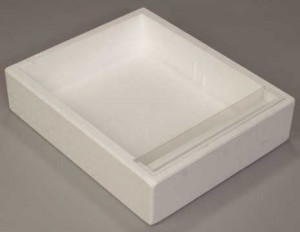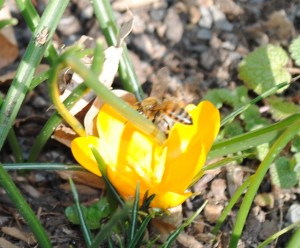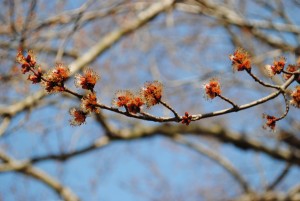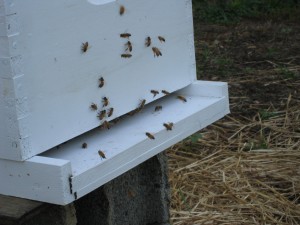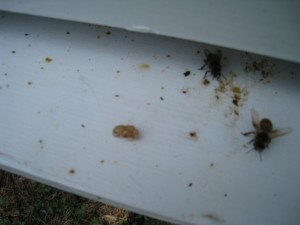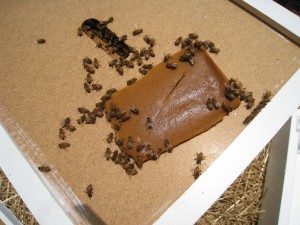Michael Bush Agrees With Me…but!
Last month, Michael Bush came to Richmond, Va. Unfortunately, a last minute disaster in my personal life caused me to miss the presentation=( Regardless, I had several folks report to me about his discussion and I was pleased to hear that he mirrored my constant droning on about about don’t feed your bees! It just encourages the weak! Not to be arrogant, but this mirrors the ‘always have a Nuc’ philosophy of mine being mirrored by another prominent beekeeper a few months back. In all honesty, this is not some reflection of my ‘great beekeeping skills’. It is simply a reflection of realizing that keeping bees is like managing a heard of deer on your property. It in no way, or in any way, is similar to keeping cows or chickens. Treating bees like a domesticated animal (in my opinion) is a surefire way to disaster. Don’t medicate. Don’t feed. Don’t requeen. Sure, plant some foraging plants (as you do with any wild heard of deer or maybe some geese), but take it no further. In my opinion, a domesticated bee is an extinct bee.
BUT, it just so happens that there is a caveat to this. Last week, I had a free evening and was able to read a recent ezine from Brushy Mountain and browse some sites from a few of the other beekeepers in the area (at least the ones that I respect.) In both cases, I found articles on feeding bees. I can’t speak for Brushy Mountain (they are, obviously, trying to sell feeders), but I do know that several of the local beekeepers that feed are very successful in their beekeeping endeavors. Although I do not agree with many of the reasons that they feed (and they probably don’t agree with the reasons that I don’t feed), it does make good sense to feed a young colony (or Nuc you plan to overwinter) or a colony that is otherwise strong, but is currently suffering from a big drought. Why?
Feeding now will encourage the queen to start laying a bunch of eggs. I have come to believe that most of your Fat Bees (those are the ones that are born with more ‘fat’ and live through most of the Winter – critical to the survival of any colony) are actually raised in early October (some would say late September, but I no longer believe that, due to things I have seen over the past few years.) When that laying starts (and it ends in November or sooner), you want to have a healthy population of nurse bees ready to help these juggernaut bees get their start in this world. The best way to ensure that you have a healthy population of nurse bees is to feed in late August and into September – but ONLY for the younger hives (my opinion).
Your younger hives (the Nucs for Overwintering) have a queen that was only born in the last month or so. With very little nectar coming in, she is unlikely to be raising many bees. I have actually tested this and it is true. I have two Nucs for Overwintering (out of 12) that I decided NOT to feed just to see. They are not raising near the number of nurse bees that the fed Nucs are raising (and, I only feed them a mix that equals 2 gallons of water to 10 pounds of sugar.) The fed Nucs are raising tons of bees and even drawing wax. I’m not sure if this will mean my ‘unfed’ Nucs will perish or not, but the experiment has started. I vote that they won’t make it, but the daggone bees have surprised me in the past.
What about the mature hives? If you have to feed a mature hive, it is definitely one to consider whacking. Every one of my mature hives (well, every one that I have checked in the last week) has ramped up egg laying. I have not fed them one drop of anything, but they know it is time to prepare. I believe this is part of how the bees with good genes make it – store enough honey to both raise a bunch of bees for the winter AND to eat on through the Winter. If your bees aren’t doing that, I’d whack them unless they were my only hive. If they are the only (or maybe 1 of 2) hive, then I’d simply feed them and whack the queen in late March. You don’t want those genes around, period. It not only will make your beekeeping more labor intensive (and risky), but you are propogating terrible genetics into the area around where you keep your bees – and that’s where your future queens will mate!!!

